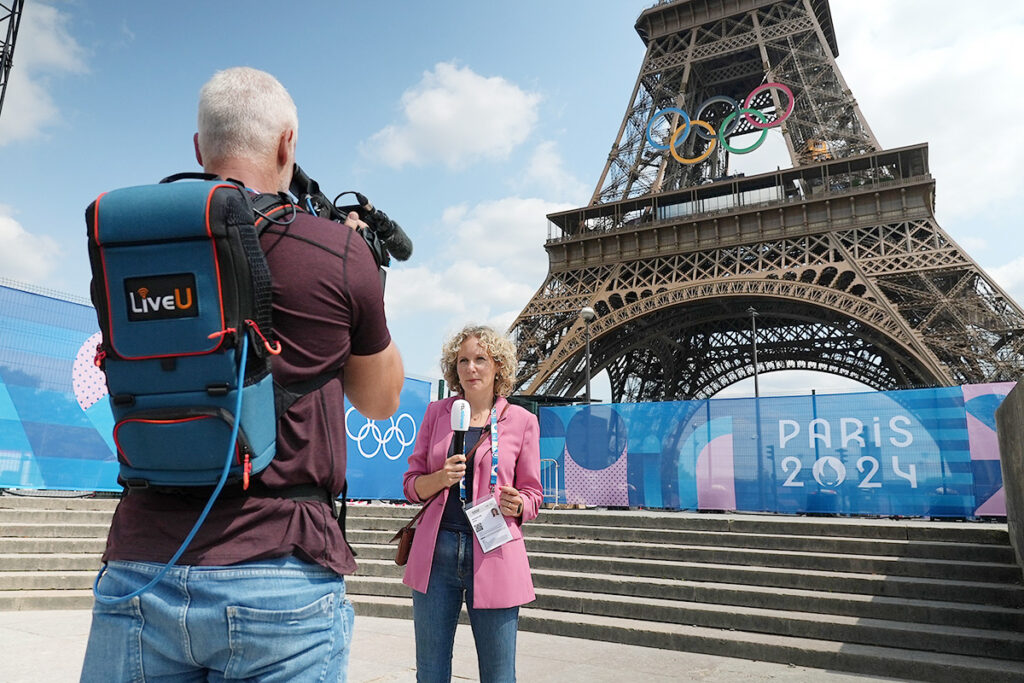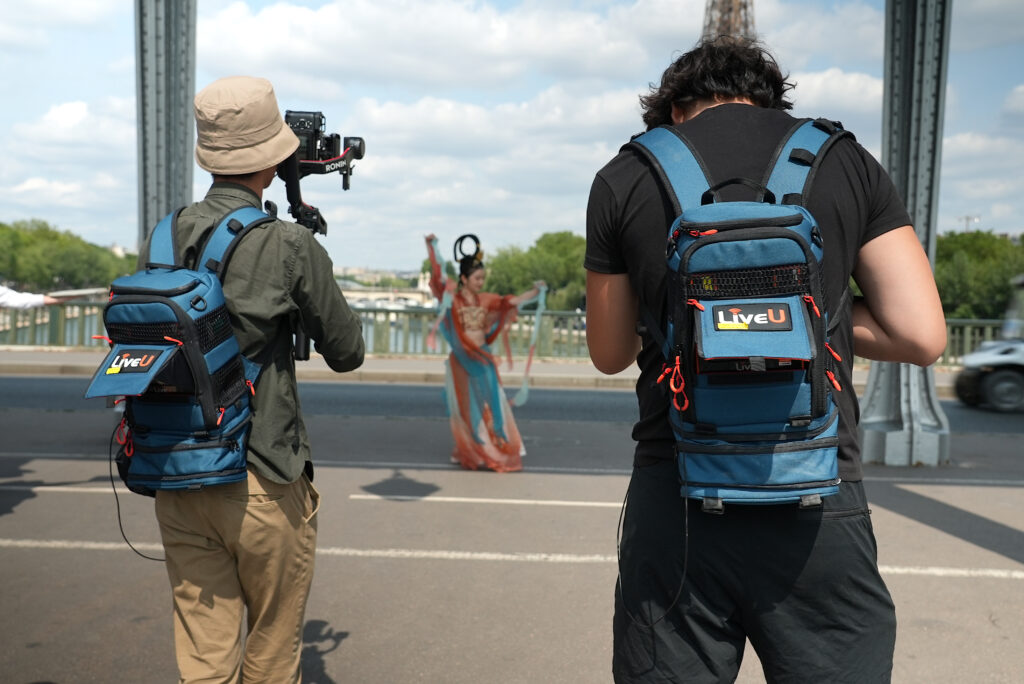Live Sports Broadcasting in 2025: LiveU Talks Innovating to Engage the Next Generation
By Ophir Zardok, Head of Sports Strategy & Business Development, LiveU

Reflecting on 2024, the sports broadcasting industry has undergone a transformative year, with innovations that only recently emerged now redefining the production and delivery of major events like the Summer Games and EURO 2024 football championship. Technological advancements, especially in IP-based broadcasting and remote production, have enabled more cost-efficient, flexible, and sustainable coverage of global sports events. With budgets tightening, even top-tier sports event organizers are adopting cost-conscious production methods.
Optimizing workflows
The Summer Games provided a compelling case study in leveraging technology to optimize broadcast workflows. IP bonding technology provided a cost-effective and resilient backup to the traditional satellite and fiber connections that underpinned the international TV feed. IP bonding is a video transmission technology that combines multiple internet connections (such as cellular, WiFi, Ethernet, and satellite) into a single, more robust connection.
The technology helps broadcasters maintain high-quality video feeds by delivering reliable video over unreliable networks and is more cost-effective than fibre and satellite. By supporting diverse production workflows, it enables further savings and replaces costly microwave and RF systems, significantly reducing overall expenses for an industry looking for greater cost efficiency.
In addition to IP bonding, 2024 has seen remote production workflows become the standard for broadcasters covering high profile events like the Summer Games and THE EUROS. Major broadcasters demonstrated how to leverage remote production workflows to produce events more sustainably and efficiently by reducing travel, equipment shipping, and on-site staffing.
The success of remote production has solidified its place in broadcast production tenders, with sports organizations now incorporating standards to ensure sustainable production. These standards encourage carbon-efficient practices, from minimizing travel emissions to reducing equipment power consumption, making sustainability a central element of event broadcasting in future.
Engaging new audiences
As the industry looks toward 2025, one of the continuing challenges will be engaging Gen Z viewers, who prefer personalized, authentic, and interactive content over traditional, passive broadcasts. To appeal to this demographic, broadcasters are likely to increasingly collaborate with influencers and create social-media-friendly content. Building a genuine narrative in sports coverage requires careful planning, especially in the unpredictable world of live broadcast where spontaneity is key. Broadcasters will increasingly value innovative technologies with the flexibility that enables them to meet Gen Z’s demand for authentic and personalized content, while staying on budget.
Broadcasters will need to carefully decide which content formats work best across various platforms. Short, highlight-focused videos may thrive on platforms like TikTok, while long-form replays are better suited to streaming services. Experimenting with format and platform-specific strategies allows broadcasters to reach different audience segments in ways tailored to their consumption habits.
Changing media rights landscape
The sports media rights landscape has undergone significant change, especially as major OTT players enter the space. These platforms, equipped with robust consumption data analytics, are adjusting the value they place on certain sports properties based on viewer interest. For example, the French football league saw a significant decrease in domestic media rights value, further highlighting a trend we have seen in recent years.
This shift has prompted sports organizations to seek innovative, cost-effective ways to deliver content without compromising reach or quality. For example, the “Messi Cam” on TikTok, allowed fans to follow Lionel Messi’s Major League Soccer (MLS) Playoff debut from a unique, player-focused perspective. This kind of premium content appeals to dedicated fans and provides new monetization opportunities.
Increasing viability of niche sports
As technology makes high-quality, low-cost live streaming increasingly accessible, broadcasters can now serve the increasing communities of smaller yet highly engaged audiences of niche sports and events. For example, the One Water Race, an extreme endurance race across Sweden’s Stockholm Archipelago, illustrates the opportunity to leverage technology in challenging conditions to deliver high quality live content in a cost-effective way.
The portable encoding technology used in the race addresses a critical issue for many niche sports: maintaining a high-quality live broadcast feed in remote, rugged locations while filming from various angles. With broadcasts available in 190 countries and on 10 digital platforms, the One Water Race also exemplifies how niche sports can reach global audiences through multi-platform approaches.
2025 Club World Cup
One of the landmark events in 2025 is set to be the FIFA Club World Cup 2025™ in the United States, which kicks off one year before the World Cup returns to North America. The tournament will likely incorporate cutting-edge broadcast technology to offer immersive, multi-camera options and IP-based live streaming on multiple platforms. As the US market is particularly tech-savvy, don’t be surprised if there will be a focus on personalized content, allowing fans to choose between viewing angles or to follow specific players. Despite the event’s organizational challenges, it is predicted to serve as a testing ground for advanced production techniques and audience engagement strategies, setting a standard for subsequent global tournaments.
The road ahead for sports broadcasting
As 2025 approaches, the sports broadcasting industry is poised for further innovation, driven by the need to engage younger audiences, adapt to the changing media rights market, and optimize content delivery across platforms. With IP-based technologies and remote production, broadcasters are not only optimizing workflows but also setting new standards for sustainability and flexibility in live sports coverage. The evolution of broadcasting – from the Summer Games in 2024 to the upcoming FIFA Club World Cup 2025™ – illustrates a future where technology, audience engagement, and content diversity will continue to shape the world of live sports production.
To find out more about LiveU’s sports and rental solutions, visit https://www.liveu.tv/solutions/sports and https://www.liveu.tv/rental-services.



